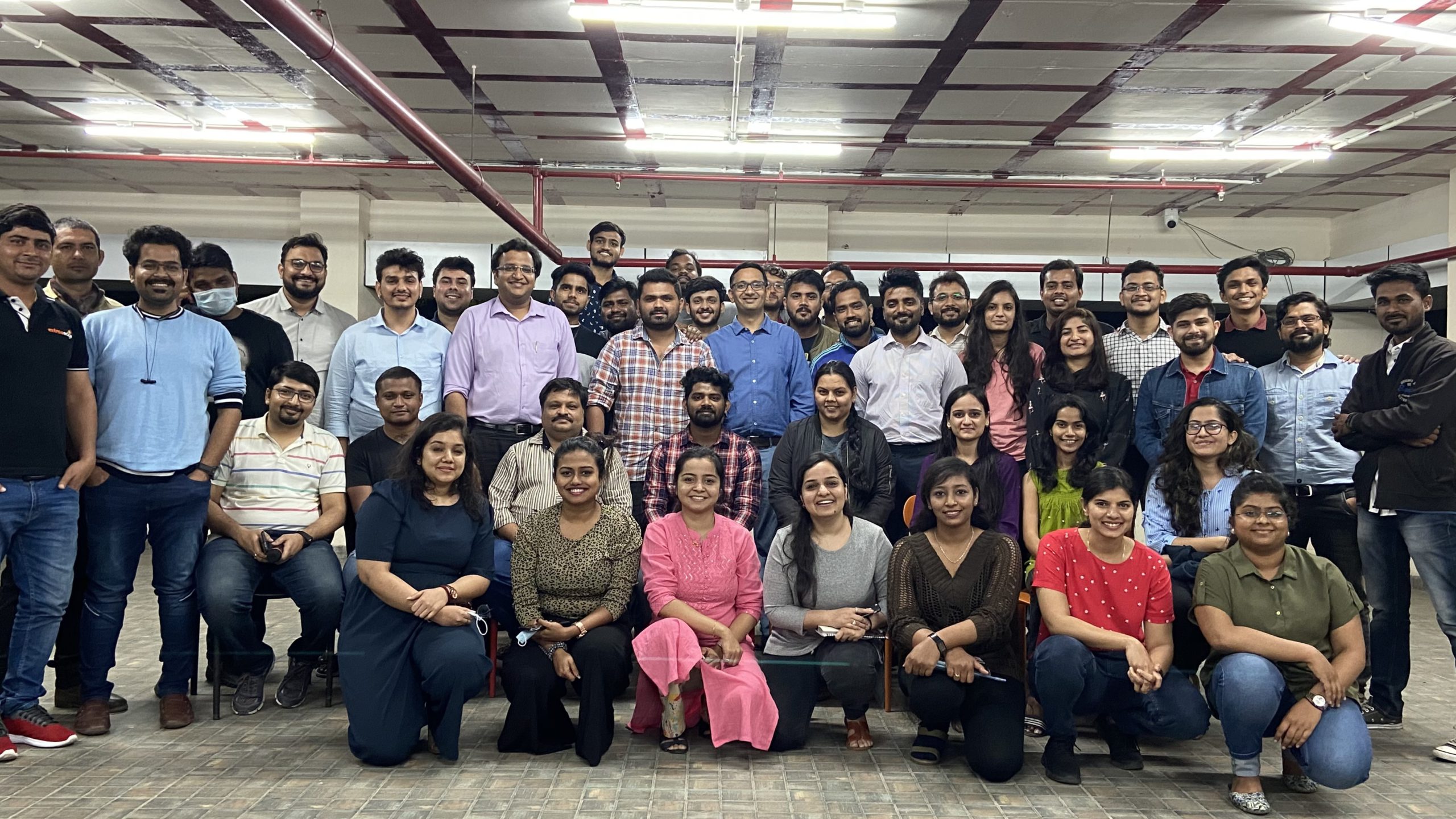BIF says these new framework will promote innovation and push digitalisation in India
New Delhi, NFAPost: Through its consultation paper on “Licensing Framework and Regulatory Mechanism for Submarine Cable Landing in India” to the TRAI, Broadband India Forum (BIF), an independent policy forum and knowledge-based think-tank, has underscored the need to promote competition, innovation, and investment in the domain of submarine cable landing stations and provide equal, fair, non-discriminatory and open access to all potential seekers of international connectivity.
According to BIF, it will facilitate the country satiate the demand for data, consumption of which is rising by the day.
The think tank body has emphasised the need for creation of robust submarine cable systems connected to India as well as geo-diversity and augmentation of submarine cable landing infrastructure.
The new framework proposed by BIF talks about the necessity of a new regulatory environment which delinks the deployment & ownership of the submarine cable networks from the submarine cable landing infrastructure through open access under a light-touch regulation.
Speaking about the suggestions and its impact on digitalisation, BIF President T V Ramachandran said Submarine Cable and Cable Landing Stations are critical elements to improve the Digital Communications infrastructure ecosystem, boost digitalisation and accomplish the dream of creation of a digital economy.
“It’s quintessential to create a conducive environment for the growth of Submarine Cable and Cable Landing Stations to support requisite infrastructure development to push Digital India mission. India is at a nascent stage of becoming a digital economy and it requires to accelerate its efforts. A light-tough regulation will play an instrumental role in promoting competition, encouraging innovation in the segment and fulfilling the data demand of every citizen,” said BIF President T V Ramachandran.
BIF in its response to the regulator has also suggested to open CLS facilities for new entrants and implement a regulatory framework with two broad categories of players. One, for those who will build and deploy submarine cable systems and CLSs, and another for those who would use the infrastructure to provide the public services.
It has also raised concerns about the potential impact of some conditions (a & b in para 2.1 of the consultation paper) that may inadvertently create entry barriers for new entities seeking to build submarine cable infrastructure in India. This may discourage long term and sizeable investments in the sector.
Additionally, the think-tank body has requested for a review of the current regime in order to improve ease of doing business. It advocates the simplification of procedures & processes, reduction of turnaround time (TAT), implementation of lawful interceptions and monitoring (LIM) standards, and flexibility to implement new technologies/models.
These measures will promote investors sentiment which is an inevitability today. Also, the body reiterated the importance of adoption of the latest technologies, such as Open Cables that help separate the wet and dry plant.
BIF also expressed concerns on Atmanirbhar approach. An Indian-owned undersea cable repair vessel may partially address some issues related to delays in undersea cable maintenance and reduce the dependency on foreign vessel providers. However, this may not be entirely practical as of now and may lead to unnecessary increase in cost to deploy, operate and maintain the network, thereby impacting end consumer experience.





